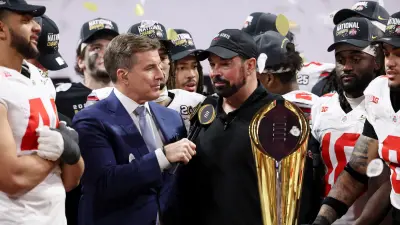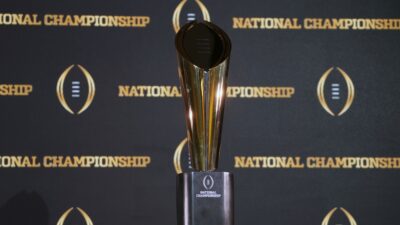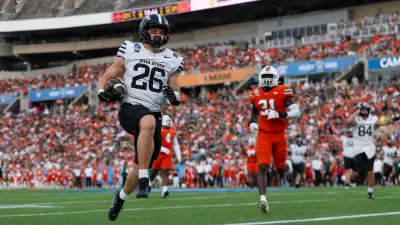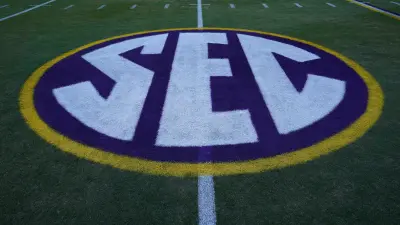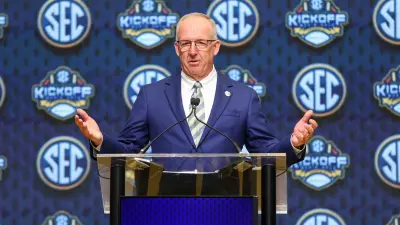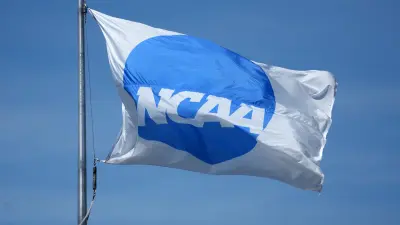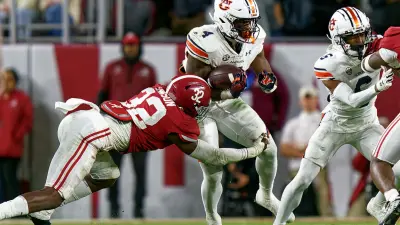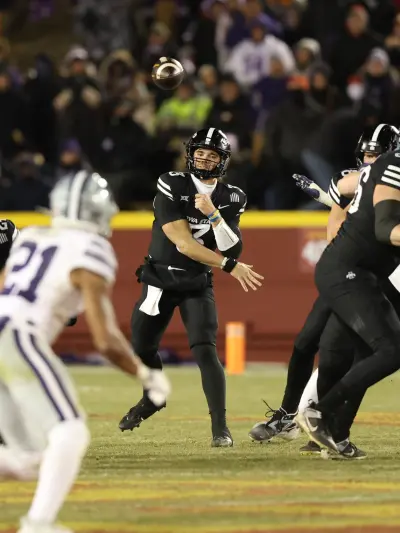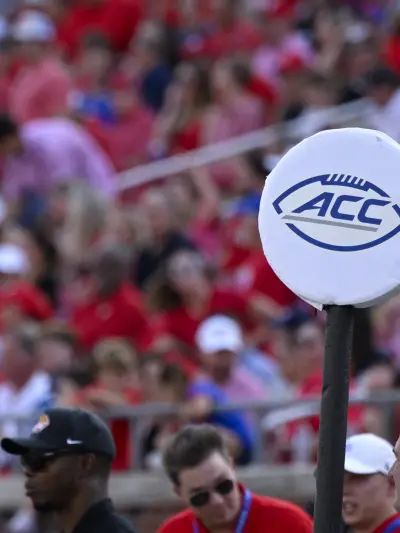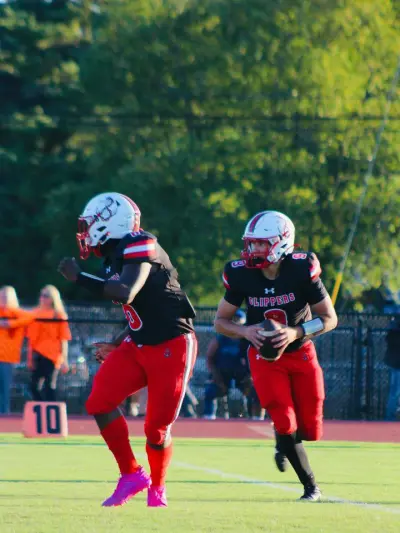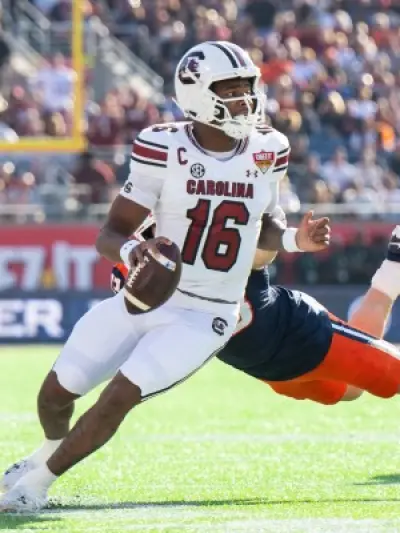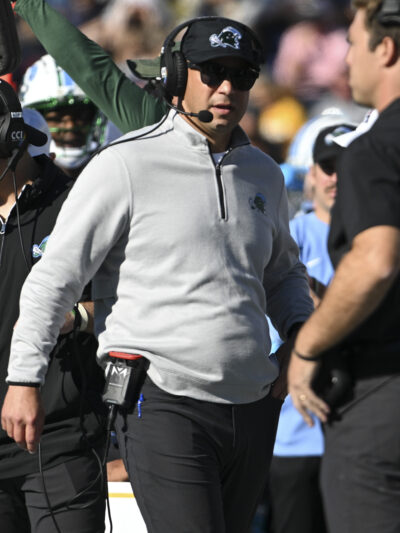By Brett Daniels
The inaugural 12-team College Football Playoff has concluded, and Ohio State is the National Champion. The Buckeyes finish the season 14-2 and along with Notre Dame set a record for most games played in a season at the FBS level. The new playoff format provided for several great moments, many bad moments, and a few downright ugly moments.
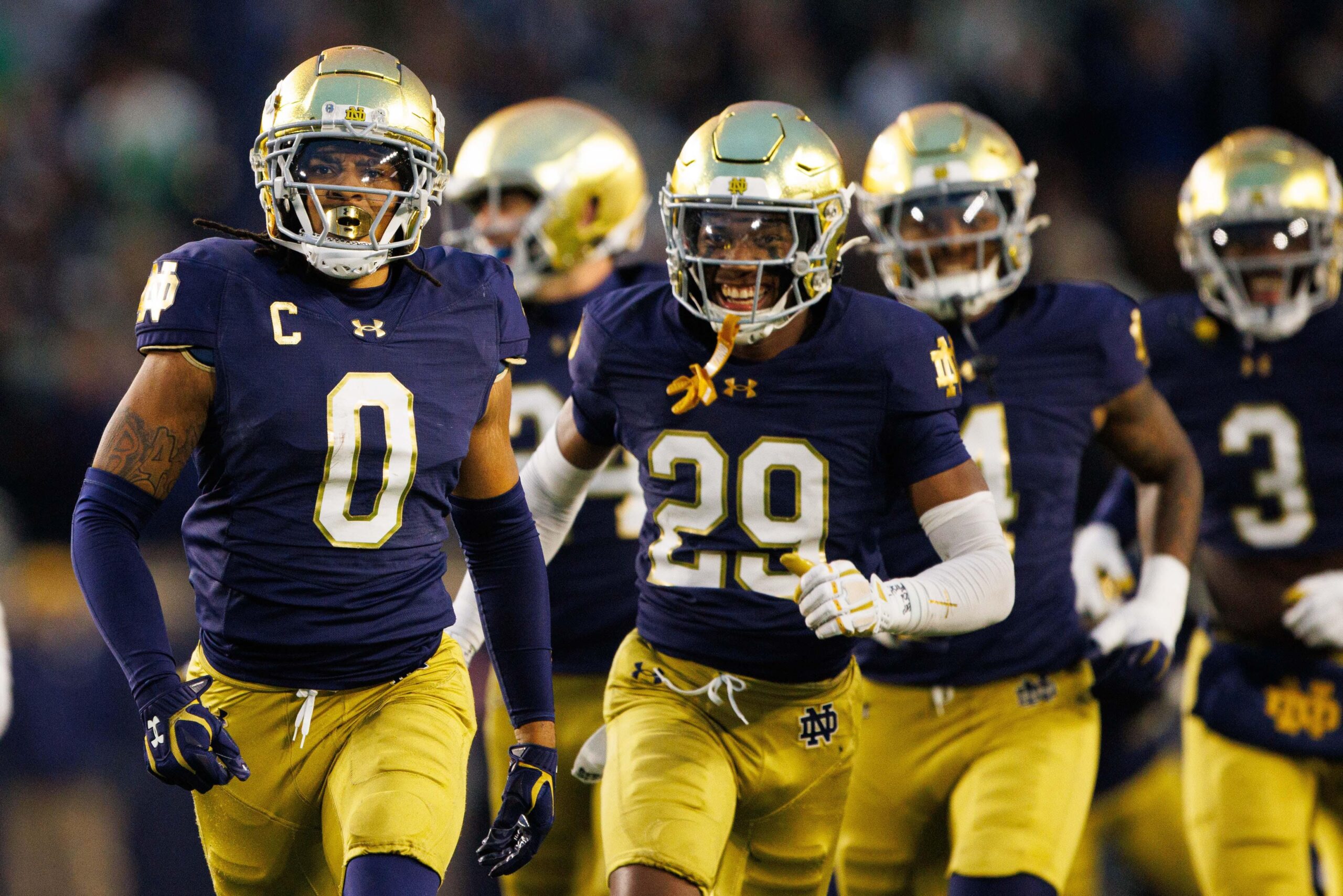
The Good
First-Round Games on Campus
The best development out of the expanded playoff format were the on-campus first-round games. Notre Dame Stadium and the Horseshoe were absolutely electric for their first-round games while Beaver Stadium and DKR were a little more subdued but still exciting venues.
Novel Matchups
Tennessee at Ohio State, Indiana visiting Notre Dame for the first time since 1991, and Boise State getting the opportunity to match up with the Power 4 teams were the highlights of the first two rounds.
Second (and Third) Chances
Under the previous format, Ohio State wouldn’t have had the chance to play for a championship after suffering their second loss of the season and not playing in the Big Ten Championship Game. Clemson and Tennessee would have also not had any chance to make the field under other formats.
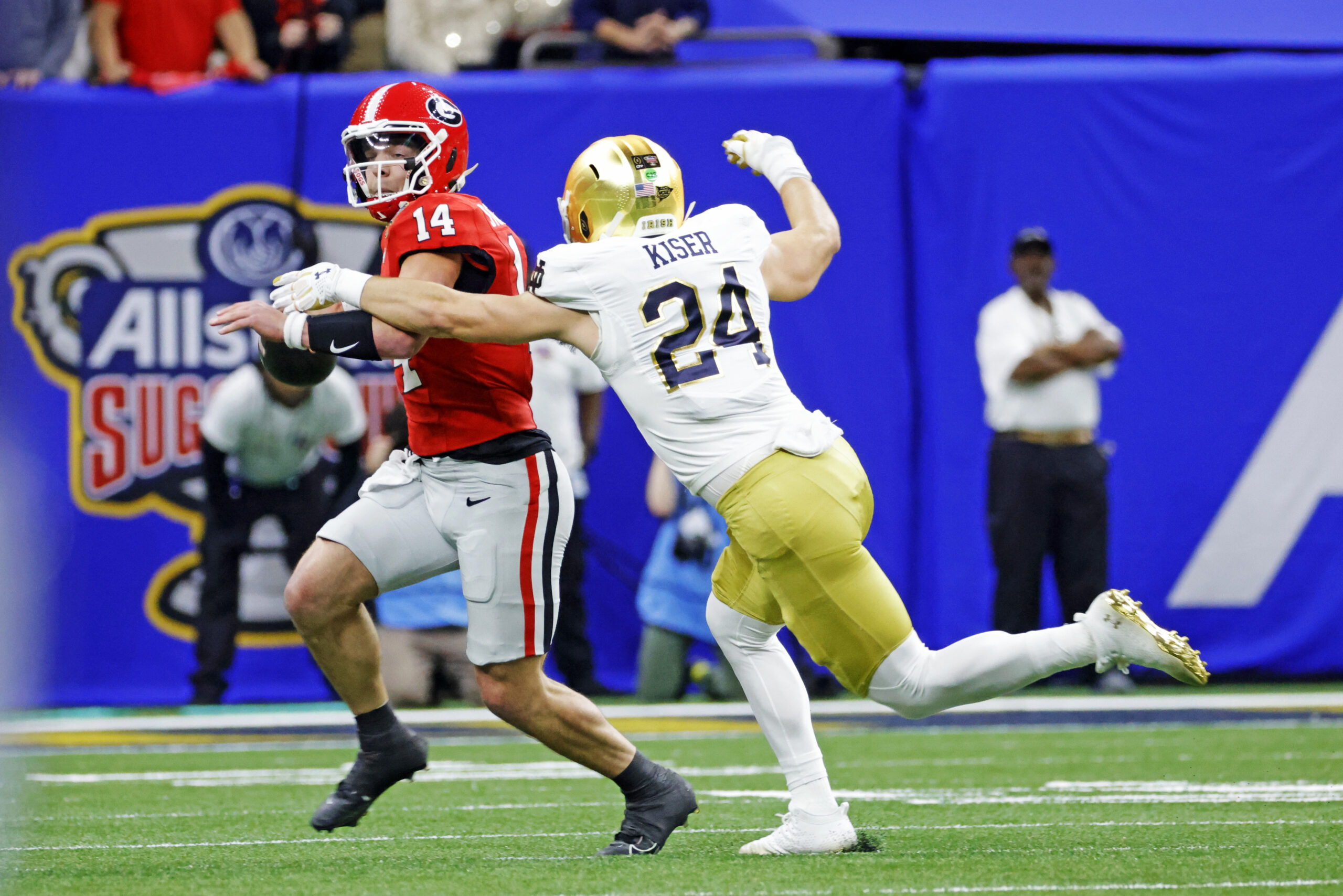
More Sports News
The Bad
Automatic Byes
Under the current structure, conference champions not only receive an automatic bid to the playoff but also a first-round bye for the four highest-ranked champions. Automatic bids are fine, but the byes significantly altered the layout of the bracket and rewarded teams that either didn’t play in or lost their conference championship games with easier paths to the semifinals. Had the teams been seeded by ranking with a team like Notre Dame at #5 instead of #7, the results might have looked different in the end.
Length of the Playoff
New Year’s Day has always been the grand finale of the College Football season. When the four-team playoff was implemented in 2014 the championship game occurred one week later usually no later than January 10th or 11th. With the added rounds, the championship game was pushed back to January 20th and was competing with the Presidential Inauguration and the Martin Luther King, Jr holiday. Second and third-round games were also in direct competition with the NFL for TV time.
Too Much Travel
Four playoff rounds presented travel challenges for the teams and fans alike. Since the playoff started before Christmas and ended well after the New Year’s Day holiday, players remained on campus through the winter break between semesters. Fans were asked to travel to first round away games, second and third round bowl games, and a championship game. Ohio State fans were asked to buy tickets for the home game, travel to Pasadena for the Rose Bowl, travel to Dallas for the Cotton Bowl, and then to Atlanta for the championship game.
Lack of Interest
Outside of the respective fanbases, there was a considerable lack of buzz surrounding the second round, semifinal, and National Championship games. The novelty of on-campus first-round games and the unique matchups drew interest from teams that were not in the bracket, but subsequent games failed to capture the national interest. A lot of this may have come from the other problems listed above.
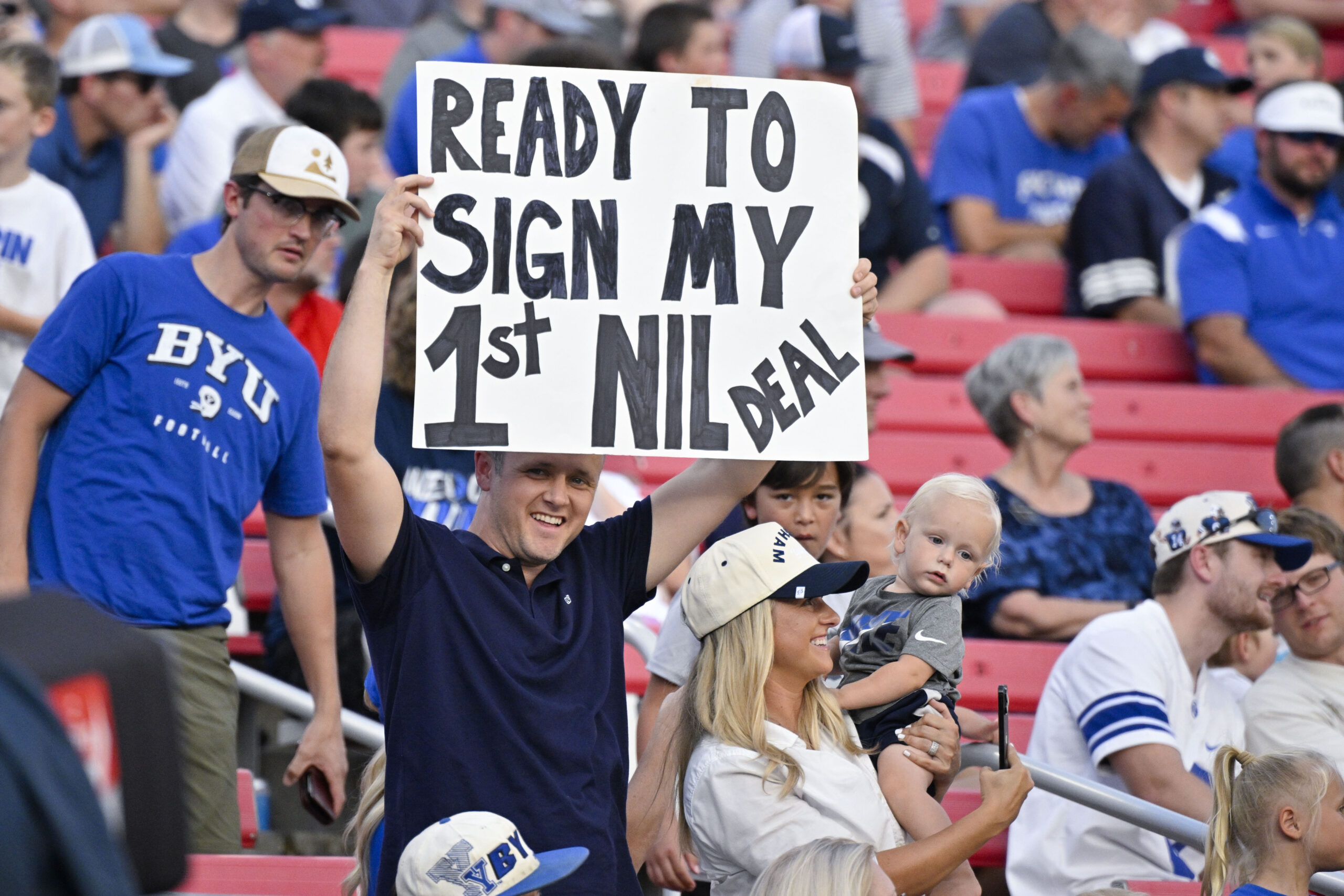
The Ugly
Money, Money, Money
It’s not a coincidence that Texas, Ohio State, Georgia, Clemson, Oregon, Notre Dame, Tennessee, and Penn State are in the top echelon of NIL spending. Boise State, SMU, Indiana, and Arizona State weren’t as high as the other teams but also ranked in the Top 50 of NIL spenders. Talent wins and to attract and retain talent teams are going to have to spend.
The Calendar is a Mess
An old argument against having a playoff was that football is a fall semester sport, and the season shouldn’t cross over into the spring semester. As with most of the old objections, this one fell by the wayside once the dollar signs started to go off in front of conference commissioners and university presidents. Now that this is a two-semester sport, the calendar has compressed to a point where high school recruiting, the Transfer portal, and the College Football Playoff are all occurring simultaneously. Coaching staffs are trying to get their high school kids in the fold without getting poached by a last-minute bag drop, retaining the players that they do have on the roster, evaluating and setting up visits with players in the transfer portal, and preparing for playoff games.
It’s an untenable setup that will lead to burnout by coaches, playoff teams being decimated by portal transfers, like Penn State’s Beau Pribula, and teams trying to get new players into school before the spring semester starts (or at a minimum before the drop/add period is over).
The Haves and the Have Nots
There has always been a separation between the teams that have means and those that do not. This is only going to get worse without some sort of regulation on player compensation and NIL guard rails. Teams that can afford to pay top players out of high school and retain them while filling holes on the roster with players from the portal will ultimately be successful in the expanded playoff. These teams also have a greater margin of error and can afford two regular season loses first.
